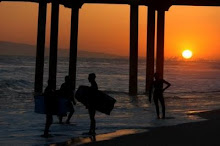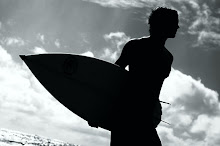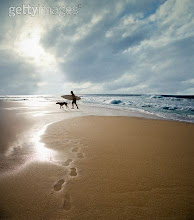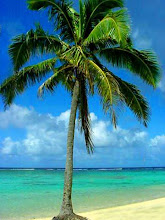
 Pavones could be considered the ultimate wave for all surfers. It is known as the world's longest left that can run up to 3/4 of a mile, and rides can be up to 3 minutes long. This break can be surfed by intermediate to expert surfers, and is a point break with several sections. These sections allow various barrels, speed, and carving.
Pavones could be considered the ultimate wave for all surfers. It is known as the world's longest left that can run up to 3/4 of a mile, and rides can be up to 3 minutes long. This break can be surfed by intermediate to expert surfers, and is a point break with several sections. These sections allow various barrels, speed, and carving.
Pavones is known as a hidden gem. The waves are not always breaking, making it more special when they do. Pavones is one of the most remote areas in all of Costa Rica, making it somewhat hard to find, but well worth the search. This spot is located in one of the most southern points in Costa Rica, and is a 6-8 hour drive from the San Jose International Airport. The quickest route is to take a small plane from San Jose to Golfito for $100 each way. However, the airplane will not transport any surf boards over 7 feet.
Another drawback to this one-of-a-kind surf spot is the locals. These native Costa Ricans tend to be less than accepting to outsiders because of its remote location. However, one can go further down the beach and be completely secluded, still catching a ride over 1/4 of a mile.
Pavones has very few hotels in the area, making it somewhat difficult to find accommodations during your stay, however there are a few campgrounds in the area. One is better off pitching a tent than going through the hassle of finding less than adequate accommodation. One will not find many restaurants or bars either, if any. If you're looking to come to Pavones, you're coming to surf, not to live the "high life of luxury."
Although Pavones is very remote, it is one of the top surf destinations, so don't look over this gem because there aren't hotels or a popular nightlife scene. The water is warm year round, and you can catch the ride of your life. When you travel here, be ready for the long waves; get yourself excited about the memorable rides. However, make sure you do your planning and make sure to check the local surf report; it can be a long ride to a very remote destination. If there are no waves, you'll be left with nature and that's about it.











